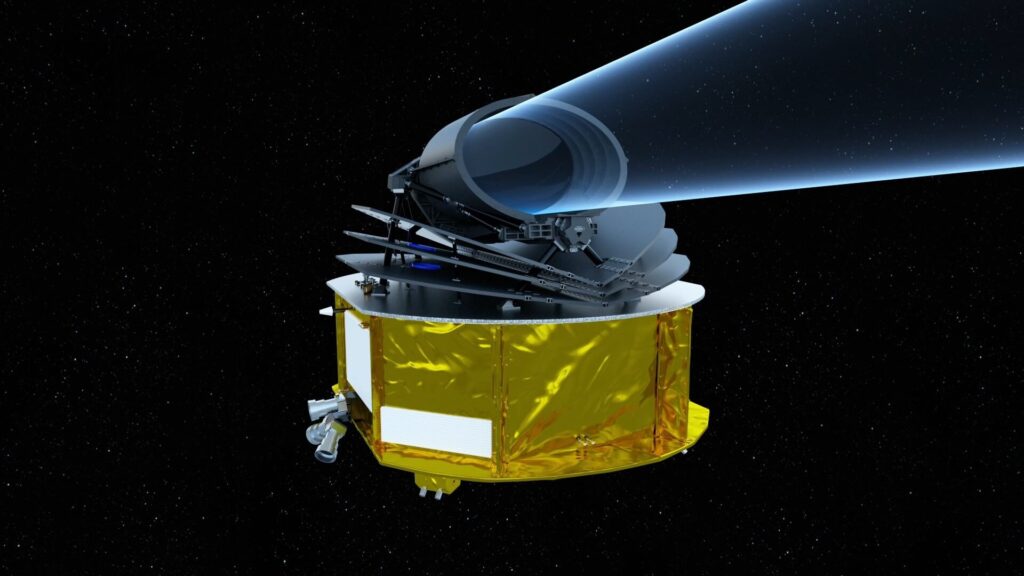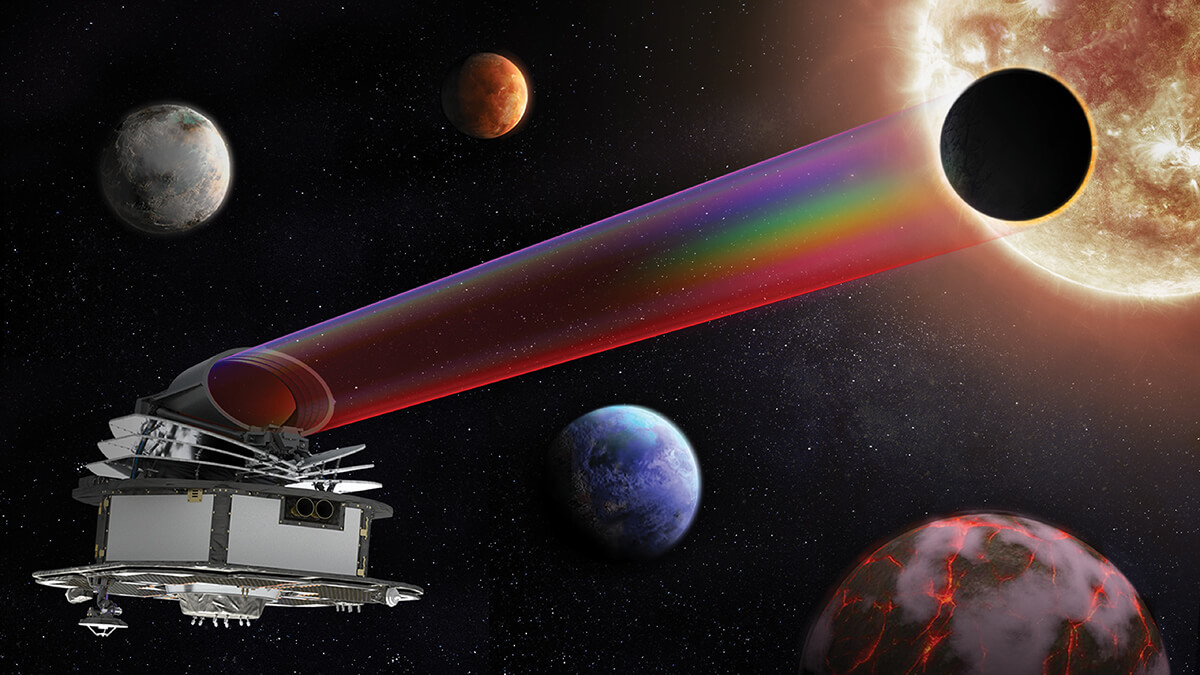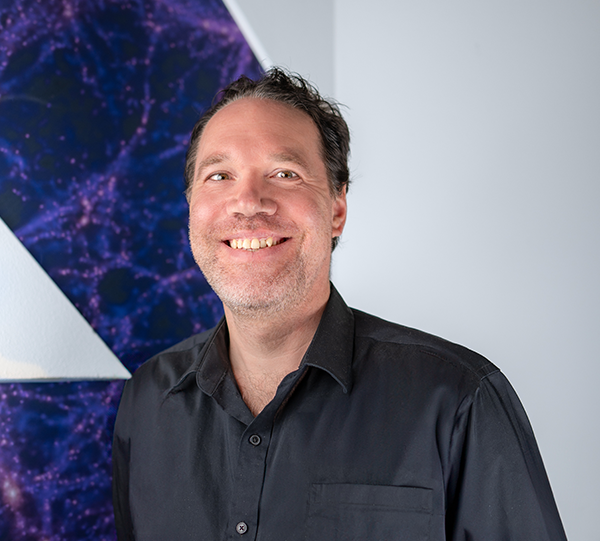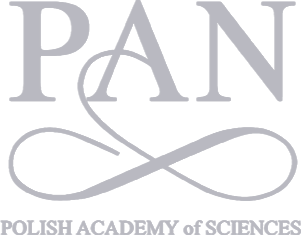| Status | In development |
| Launch | 2029 |
| Space organisation | ESA |
| Type | Visible / Infrared (500 – 7800 nm) |
| Orbit | Heliocentrisch (L2) |
| SRON contribution | Calibration and testing of Ariel’s detectors |
New planets
So far, astronomers have discovered over five thousand planets. Many more are expected to be added by the future space telescope PLATO from 2026. And while we know some properties of most of them, such as size and orbital period, we know little about conditions on the ground. Ariel will select about a thousand planets in 2029 from the rich database available in due course. For each of those planets, Ariel will deduce the composition and temperature of their atmospheres.
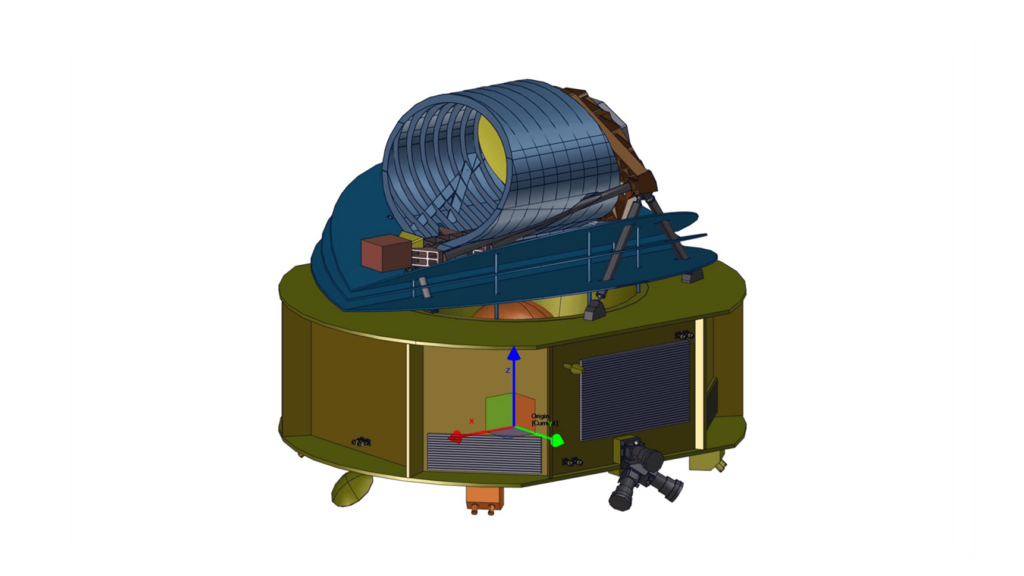
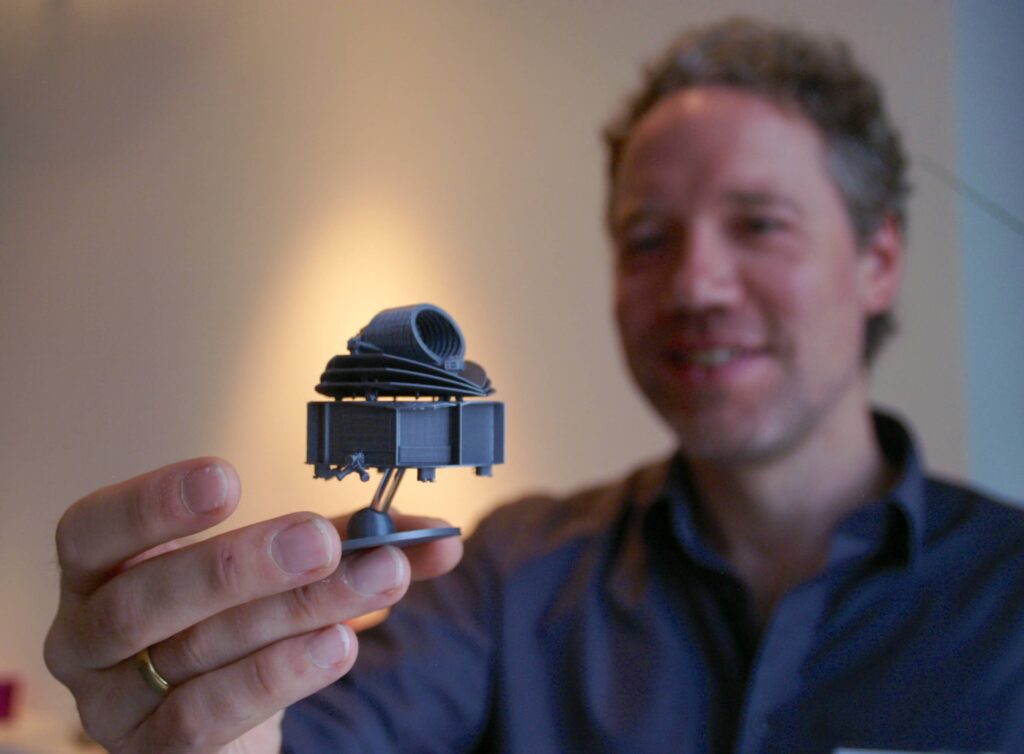
Fingerprint in spectrum
As a planet flies by its parent star ahead, the substances in its atmosphere leave fingerprints in the star’s spectrum, blocking out specific colors of light. Just before and after it flies past behind, the planet appears as a full moon and any clouds reflect the starlight. In this way, Ariel brings the full picture of the atmosphere into focus.
The level of detail with which this is done is unprecedented in the study of exoplanets. Besides the usual substances such as water vapor and CO2, Ariel also detects the more exotic substances such as metals. Moreover, the telescope establishes a link between the properties of a planet and its parent star.
Ariel houses a spectrometer for visible and infrared light with a spectral resolution of about 100, meaning it can distinguish, for example, twenty shades of red. SRON, as co-Principal Investigator, is one of the mission’s supporters. Scientists from SRON are responsible for part of the analysis of the scientific data.
